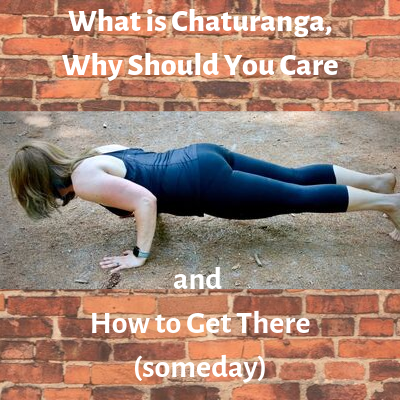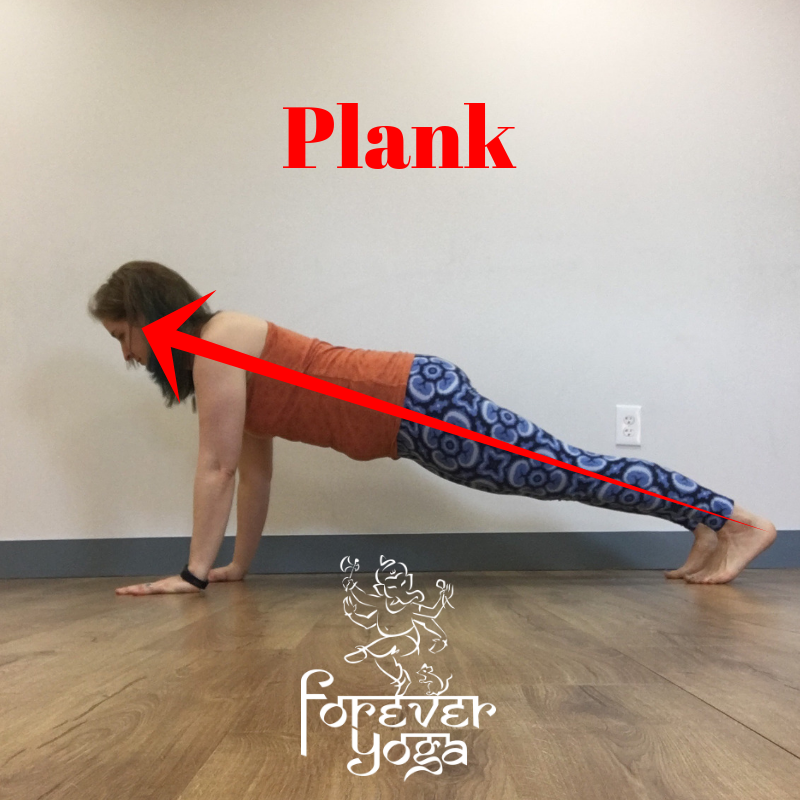What is Chaturanga, Why Should You Care and How to Get There (someday)
/📸 credit @ginahouse
What is Chaturanga? 🤔
I realized recently in class that some of you have been wondering what this mysterious Sanskrit word means for some time!
Chaturanga translates to four limbed staff pose and is the posture you see pictured here. You’ll often find this posture in the sequence of poses called “a vinyasa” that goes - down dog, plank, chaturanga, up dog, down dog.
Why should you care about this pose?
This pose gets a lot of attention in the yoga world because it can be so difficult to perform well. The high number of repetitions you’ll find of this pose in a typical vinyasa yoga class and the fast speed at which they’re performed can also can invite sloppiness and therefore repetitive stress injury over time. However, if done well this posture can be very beneficial for modern bodies in many ways.
This posture and the strength you’ve gained when you’re able to do it well are also a prerequisite for postures such as arm balances and some inversions. Find confidence here and you’re more likely to have confidence in those poses as well.
As with any yoga posture (or with anything worth doing really), attention to the technical details allow for greater understanding and discernment in their execution. That translates to more safety, more ease, more knowing of yourself and your body… in short, more yoga (i.e. union). And isn’t that what we’re all looking for anyway?
How do you get there?
One way you can get yourself ready for doing a good healthy Chaturanga is by doing some fairly simple mini pushups with the knees down.
I know. I should put a trigger warning on the word pushup.
But it really isn’t that bad. As with any yoga movement, YOU get to decide how intense (or not) this one is.
The key things to remember are that you want to make sure your elbows HUG IN toward your ribs strongly (very different from the way most of us were taught to do pushups in the past) and that your elbows point BACK toward your hips as you bend them.
Some other important details - don’t let the head drop forward and don’t let the low ribs flare out. In other words, make sure your core is working to support your spine so you don’t get overly curved in your low back.
Here’s a video to help you visualize this strengthening movement:
Careful repetition with attention to the details, like so many things, is key to building the strength you’ll need for a good Chaturanga.
I hope that helps start to make this pose more accessible for you. Stay tuned for a workshop all about this pose next month and in the meantime, feel free to leave me a comment with any questions you have!
P.S. Check out our YouTube channel! We’re starting to add more content over there about yoga, meditation, mantra and more each week!






